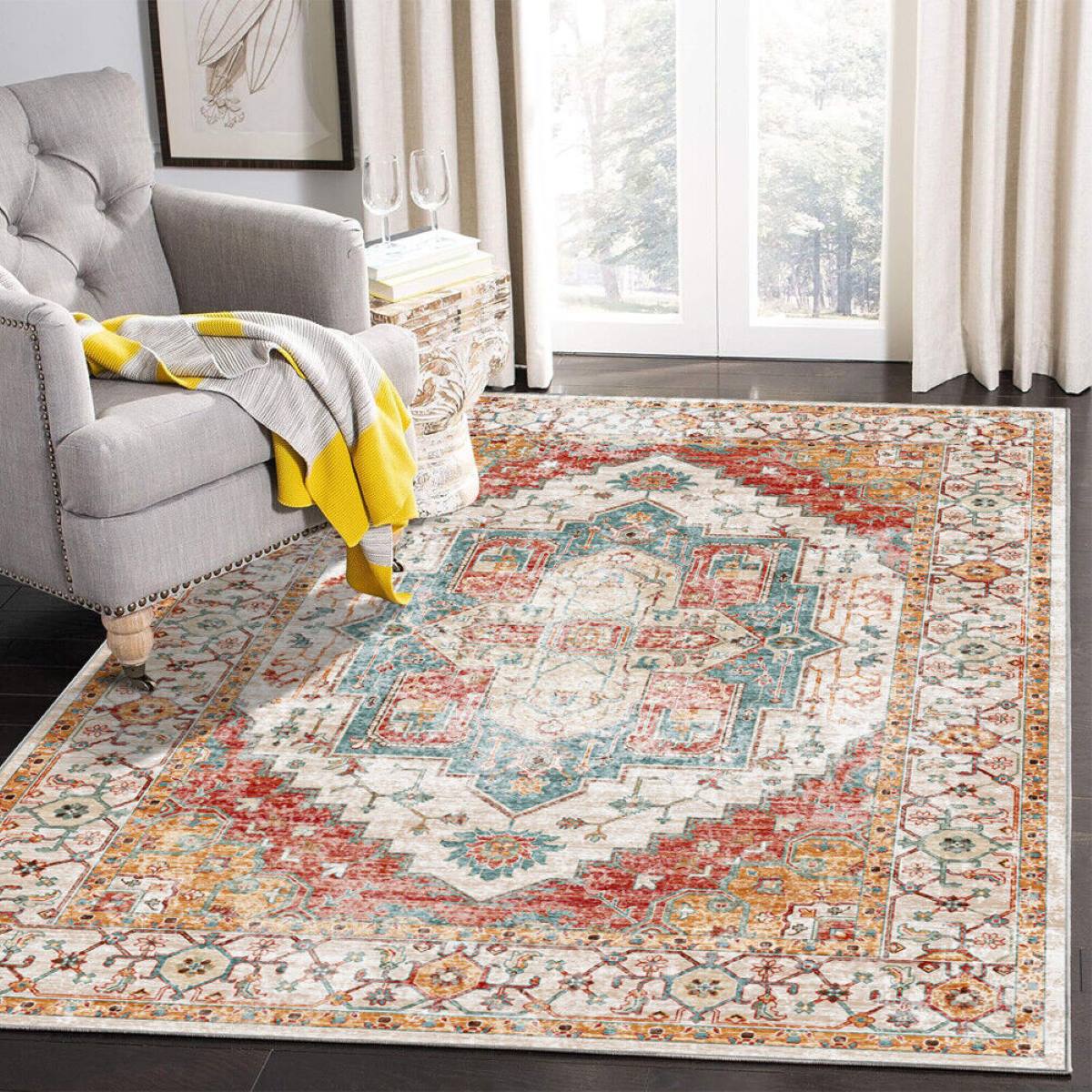

Articles
How To Sell Used Oriental Rugs
Modified: October 27, 2024
Looking for articles on how to sell used oriental rugs? Find expert advice and tips on selling your oriental rugs for the best price.
(Many of the links in this article redirect to a specific reviewed product. Your purchase of these products through affiliate links helps to generate commission for Storables.com, at no extra cost. Learn more)
Introduction
Are you looking to sell your used Oriental rugs? These beautiful and intricate rugs hold value and appeal to buyers who appreciate their craftsmanship and cultural significance. However, selling a used Oriental rug can be a daunting task if you are unfamiliar with the process. To help you navigate this endeavor, we have put together a comprehensive guide on how to sell used Oriental rugs.
Oriental rugs are known for their exquisite designs, vibrant colors, and exceptional quality. They are handmade using traditional methods that have been passed down through generations. Whether you have inherited an Oriental rug, are downsizing, or simply looking to change your home decor, selling a used Oriental rug can be a profitable venture.
Before you begin the selling process, it’s important to have a clear understanding of your rug’s value. Oriental rugs can vary greatly in price depending on factors such as age, condition, origin, and design. In this guide, we will walk you through the steps to determine the value of your rug, as well as provide practical tips to maximize your chances of a successful sale.
We will also cover the importance of cleaning and restoring your rug before selling it. A clean and well-maintained rug not only enhances its appeal but also increases its value. We will discuss the various cleaning methods and restoration techniques to ensure your rug is in its best possible condition before listing it for sale.
Choosing the right selling platform is crucial to reaching potential buyers. We will explore the different options available, including online marketplaces, auction houses, consignment shops, and private sales. Each option has its pros and cons, and we will help you decide which avenue is best suited for your needs.
Having high-quality photos is essential for attracting buyers’ attention and showcasing the rug’s beauty. We will provide tips on how to take professional-looking photos that accurately represent the colors and details of your rug. Additionally, we will discuss the importance of writing a compelling description that highlights the unique features and history of your Oriental rug.
Pricing your rug competitively is crucial in a competitive marketplace. We will guide you through the process of setting a price that reflects the value of your rug while considering market trends, demand, and comparable sales. Additionally, we will provide tips on promoting your rug listing effectively to reach a wider audience of potential buyers.
Communication with potential buyers is key to building trust and facilitating a successful sale. We will provide insights into effective communication strategies, including responding promptly to inquiries, providing additional information when requested, and addressing any concerns potential buyers may have.
Negotiating the sale can be a delicate process. We will share tips on negotiating a fair price while ensuring a mutually beneficial outcome. Additionally, we will provide guidance on how to handle common negotiating scenarios and overcome any potential obstacles to closing the sale.
Once the sale is finalized, properly packaging and shipping your rug is essential to ensuring its safe arrival. We will discuss the best practices for packaging and selecting shipping services to protect your rug during transit.
Now that you have a comprehensive overview of the selling process, let’s dive into each step in greater detail. By following these steps and utilizing our tips and insights, you’ll be better equipped to sell your used Oriental rug successfully!
Key Takeaways:
- Determine the value of your Oriental rug by consulting experts, researching comparable sales, and evaluating condition, origin, and market demand to set a competitive price and attract potential buyers.
- Clean, restore, and showcase your Oriental rug with high-quality photos and a compelling description to maximize its appeal and increase its chances of a successful sale.
Read more: How To Store An Oriental Rug
Step 1: Determine the Value of Your Oriental Rug
Before you list your used Oriental rug for sale, it’s essential to have a clear understanding of its value. The value of Oriental rugs can vary significantly based on factors such as age, condition, origin, materials used, design intricacy, and market demand. By accurately determining the value of your rug, you can set a competitive price that attracts potential buyers.
There are several ways you can assess the value of your Oriental rug:
- Consult an Expert: Seeking the advice of a reputable rug appraiser or Oriental rug specialist can provide valuable insights into the rug’s worth. These professionals have the knowledge and experience to assess the rug’s quality, origin, condition, and other factors that contribute to its value. Their expertise can help you determine a fair and accurate price for your rug.
- Research Comparable Sales: Look for similar Oriental rugs that have sold recently. Online auction platforms, rug dealers, and specialty rug shops can provide a wealth of information on recent sales and prices. Take note of rugs with similar attributes to yours, such as size, age, design, and condition. This will give you a benchmark to gauge the market value of your rug.
- Evaluate Condition and Age: The condition and age of an Oriental rug can greatly influence its value. Inspect your rug for any signs of wear, stains, fading, or damage. Note any repairs or restorations that have been done. The overall condition will impact the rug’s desirability and, consequently, its price. Additionally, older rugs tend to command higher prices due to their rarity and historical significance.
- Consider Origin and Design: Oriental rugs from certain regions, such as Persia (Iran), Turkey, and India, are highly sought after by collectors and enthusiasts. The origin of your rug plays a significant role in determining its value. Likewise, rugs with intricate designs, unique patterns, or rare motifs may fetch a higher price in the market.
- Assess Market Demand: Understanding the current market demand for Oriental rugs can help you gauge how quickly your rug is likely to sell and at what price. Stay informed about industry trends, popular styles, and collector preferences. Factors such as changes in interior design trends or an increased interest in vintage or antique rugs can influence market demand and impact your rug’s value.
By considering these factors and thoroughly researching the market, you will gain a clearer picture of your Oriental rug’s value. Remember to be realistic in your assessment, taking into account the rug’s condition and market conditions. Pricing your rug too high may deter potential buyers, while pricing it too low may undervalue your rug.
Once you have determined the value of your Oriental rug, you can move on to the next steps of preparing your rug for sale, choosing the right selling platform, and effectively marketing your rug to potential buyers.
Step 2: Clean and Restore the Rug
Before selling your used Oriental rug, it’s crucial to ensure that it is clean, fresh, and in the best possible condition. Cleaning and restoring your rug not only enhances its visual appeal but also increases its value and makes it more enticing to potential buyers.
Here are some essential steps to follow when cleaning and restoring your Oriental rug:
- Vacuum Regularly: Start by vacuuming your rug on a regular basis to remove loose dirt, dust, and debris. Use a vacuum cleaner with a suction-only mode or a brush attachment to avoid damaging the delicate fibers of the rug.
- Spot Clean Stains: If your rug has specific stains or spills, it’s important to address them promptly. Blot the stain gently with a clean, white cloth or paper towel to absorb as much of the liquid as possible. Avoid rubbing the stain, as it can spread and penetrate deeper into the fibers. Use a mild detergent specifically designed for wool or Oriental rugs and follow the instructions to remove the stain effectively.
- Professional Cleaning: If your Oriental rug requires a deeper clean or if you’re unsure about tackling the cleaning process yourself, consider hiring a professional rug cleaning service. They have the expertise and specialized equipment to safely and thoroughly clean your rug without causing any damage.
- Repair and Restore: Assess your rug for any frayed edges, unraveling threads, or damaged areas. It’s essential to address these issues before selling the rug. Consult with a professional rug repair specialist to determine the best course of action. They can repair fringes, reweave damaged areas, reinforce weak spots, and restore the rug’s overall integrity. A professionally repaired rug not only enhances its visual appeal but also ensures its longevity.
- Consider Odor Removal: Oriental rugs can sometimes retain unpleasant odors, such as pet odors or musty smells. If this is the case, consider using odor neutralizers specifically designed for rugs or consult with a professional rug cleaner to eliminate any lingering odors.
- Allow Ample Drying Time: After cleaning or any necessary repairs, ensure that your rug is thoroughly dried before rolling or packaging it. Damp or wet rugs can develop mold or mildew, leading to further damage.
When cleaning and restoring your Oriental rug, always follow the manufacturer’s guidelines and consider seeking professional assistance if you are unsure about any aspect of the process. Taking the time to properly clean and restore your rug will significantly enhance its overall appearance and value, making it more attractive to potential buyers.
Once your Oriental rug is clean and restored, you can proceed to the next steps of choosing the right selling platform, capturing high-quality photos, and crafting an accurate and compelling description to market your rug effectively.
Step 3: Choose the Right Selling Platform
When selling your used Oriental rug, selecting the right selling platform is crucial. The platform you choose will determine the visibility of your rug listing, the target audience you reach, and the ease of conducting the sale. Here are some popular options to consider:
- Online Marketplaces: Online marketplaces like eBay, Etsy, and Craigslist offer a wide reach and the convenience of selling from the comfort of your home. These platforms allow you to create listings with detailed descriptions and photos and provide a space for potential buyers to contact you directly. Keep in mind that online marketplaces may require some fees or commissions upon successful sales.
- Auction Houses: If you have a valuable or rare Oriental rug, consider consigning it to a reputable auction house. Auctions attract serious collectors and enthusiasts who are willing to pay top dollar for unique pieces. Auction houses can handle the listing, advertising, and bidding process for you, although they may charge a commission on the final sale price.
- Consignment Shops: Consignment shops specialize in selling pre-owned items on behalf of the owner. They typically have a physical location where potential buyers can view and purchase the rugs. Consignment shops handle the marketing and sale process for you, but they may take a percentage of the sale price as their commission.
- Private Sales: Selling your Oriental rug directly to a private buyer can eliminate fees and commissions associated with other selling platforms. You can advertise your rug through word-of-mouth, social media, or online classifieds. However, private sales may require more effort to find interested buyers and negotiate the sale.
When choosing a selling platform, consider factors such as the visibility it offers, the target audience it attracts, the fees or commissions involved, and the level of assistance you prefer. It’s also helpful to research the platform’s track record and read reviews from other sellers to ensure legitimacy and credibility.
Remember to accurately describe your Oriental rug in the listing, including relevant details such as its size, origin, age, design, and condition. High-quality photos showcasing the rug’s beauty will also attract potential buyers. Be responsive to inquiries and provide prompt and detailed answers to build trust with potential buyers.
Ultimately, choosing the right selling platform will depend on your personal preferences, the value and uniqueness of your Oriental rug, and your desired level of involvement in the selling process. By selecting a platform that aligns with your needs, you will maximize your chances of finding the right buyer for your used Oriental rug.
Step 4: Take High-Quality Photos
When selling your used Oriental rug, capturing high-quality photos is essential to attract potential buyers and showcase the rug’s beauty and unique features. Good photographs provide potential buyers with a clear and accurate representation of the rug, helping them make an informed purchasing decision. Here are some tips to help you take stunning photos of your Oriental rug:
- Use Natural Lighting: Natural lighting is the best choice for capturing the true colors and details of your rug. Choose a well-lit area in your home, such as near a window, and avoid using flash as it can distort colors and create harsh shadows.
- Prepare the Rug: Before taking photos, make sure the rug is clean and properly positioned. Smooth out any wrinkles or folds and align the rug neatly to showcase its design and symmetry.
- Clear the Background: Remove any clutter or distractions from the background to keep the focus on the rug. A clean and uncluttered background will make the rug stand out.
- Choose the Right Angle: Capture the rug from various angles to highlight different aspects, such as the intricate patterns, color variations, and texture. Experiment with different perspectives to find the most visually appealing composition.
- Show Details: Take close-up shots to showcase the rug’s details, such as the weaving technique, fringe, and any unique features or imperfections. Potential buyers appreciate these closer views to assess the quality and craftsmanship of the rug.
- Include Measurements: Photograph the rug alongside a measuring tape or include the dimensions in the photo description. This will give potential buyers an accurate sense of the rug’s size.
- Consider Using Props or Staging: Depending on the style and theme of your Oriental rug, you may choose to stage the photo with complementary decor items or furniture. Props can create a visually appealing and enticing image for potential buyers.
- Take Multiple Shots: Capture the rug from different angles, under different lighting conditions, and in varying distances. This will provide you with a range of photos to choose from and increase the likelihood of finding the most captivating shots.
- Edit and Enhance: Once you have taken your photos, consider using photo editing software or apps to enhance the colors, sharpness, and clarity. However, be mindful not to over-process the images, as it can distort the rug’s appearance.
When listing your Oriental rug for sale, choose the best photos that accurately represent the rug and its unique characteristics. Include a variety of shots, from overall views to close-ups, and ensure that the colors are true to life.
Lastly, organize and name your photos in a descriptive and sequential manner. This will make it easier for potential buyers to navigate through the images and get a comprehensive view of the rug.
By following these tips, you can capture high-quality photos that effectively showcase your Oriental rug and catch the attention of interested buyers.
Read more: How To Mix Oriental Rugs
Step 5: Write an Accurate and Compelling Description
When selling your used Oriental rug, crafting an accurate and compelling description is essential to attract potential buyers and provide them with all the necessary information about the rug. A well-written description not only helps buyers make an informed purchasing decision but also sets your listing apart from others. Here are some tips to help you write an effective rug description:
- Provide Basic Details: Start by including key details about the rug, such as its size, origin, age, and materials used. Mention the rug’s style or design if applicable, such as Persian, Turkish, or Moroccan. These details give potential buyers a general understanding of what they can expect.
- Highlight Unique Features: Mention any unique or standout features of the rug, such as intricate patterns, rare motifs, or unusual color combinations. Emphasize what makes the rug special and differentiates it from others on the market.
- Describe the Condition: Give an honest and detailed assessment of the rug’s condition. Mention any flaws, stains, repairs, or restorations that potential buyers should be aware of. This transparency builds trust and avoids any misunderstandings during the purchasing process.
- Explain the Cultural Significance: Oriental rugs have rich cultural histories and symbolism. Share interesting facts or stories about the rug’s design, symbols, or the region it comes from. This adds depth and value to the rug, making it more appealing to buyers who appreciate its cultural significance.
- Discuss Care and Maintenance: Briefly mention the recommended care and maintenance for the rug. Provide details on how to clean and preserve the rug’s beauty and longevity. This information shows potential buyers that you have taken care of the rug and helps them understand how to maintain it once they become the owners.
- Appeal to the Senses: Use descriptive language to evoke the sensory experience of owning the rug. Describe the texture underfoot, the softness of the fibers, or the vibrant colors that bring warmth and character to a space. This helps potential buyers visualize and connect with the rug on an emotional level.
- Include Keywords: Incorporate relevant keywords in your description to improve its visibility in search results. Think about what potential buyers might search for when looking for an Oriental rug and incorporate those terms naturally into your text.
- Keep it Concise and Readable: While it’s important to provide detailed information, avoid overwhelming potential buyers with a lengthy description. Use clear and concise language, bullet points or paragraphs, and subheadings to make the description easy to read and navigate.
- Proofread and Edit: Before finalizing your description, proofread it carefully to ensure accuracy, clarity, and proper grammar. Typos and errors can detract from the professionalism of your listing, so take the time to edit and polish your description.
Once you have written your description, read it from a buyer’s perspective. Does it convey the necessary information? Does it spark interest and create a desire to learn more about the rug? Revise and refine as needed to make your description compelling and persuasive.
By following these tips, you can write an accurate and captivating description that effectively showcases the unique qualities of your used Oriental rug and attracts potential buyers’ attention.
When selling used oriental rugs, be sure to thoroughly clean and repair any damage before listing them for sale. This will help to increase their value and appeal to potential buyers.
Step 6: Set a Competitive Price
Setting a competitive price is a crucial step in selling your used Oriental rug. Finding the right balance between maximizing your profit and attracting potential buyers is essential. Here are some tips to help you set a fair and competitive price for your rug:
- Research Comparable Sales: Start by researching similar Oriental rugs that have recently sold. Look for rugs with similar characteristics, such as size, origin, age, design, and condition. Pay attention to the sale prices to get an idea of the market value for your rug.
- Consider Condition and Rarity: Take into account the condition of your rug and any unique features that set it apart. A rug in excellent condition with rare or intricate design elements may command a higher price. Conversely, rugs with significant wear or damage may need to be priced lower to entice potential buyers.
- Evaluate Market Demand: Understand the current market demand for Oriental rugs, particularly in the style, size, and origin of your rug. Research industry trends, collector preferences, and popular design themes to gauge the level of interest and potential competition. Adjust your price accordingly to align with market demand.
- Factor in Original Price and Age: Consider the original purchase price of the rug as well as its age. In general, newer rugs will have a higher resale value compared to older rugs. However, if your rug is an antique or a rare collectible, its age and historical significance may drive up its value despite the wear and tear.
- Assess Overall Value: Take into account the overall value that your rug offers to potential buyers. This includes factors such as the quality of materials used, craftsmanship, intricate design details, and cultural significance. An Oriental rug with exceptional craftsmanship and a captivating design may warrant a higher price.
- Be Realistic and Flexible: While you want to achieve a fair price for your rug, it’s important to be realistic and open to negotiation. Consider setting a slightly higher price than your desired selling price to allow room for negotiation. This gives potential buyers the opportunity to feel they are getting a good deal while still ensuring you receive a fair value for your rug.
- Monitor Competitor Pricing: Keep an eye on the pricing of similar rugs listed by other sellers. If you notice that comparable rugs are consistently priced lower or higher, it may be necessary to adjust your price accordingly to remain competitive.
- Seek Professional Appraisal: If you have a particularly valuable or rare Oriental rug, it’s advisable to seek a professional appraisal. An expert appraiser can provide an objective evaluation of your rug’s worth based on its condition, origin, design, and market value. Their appraisal can help you set a competitive price that accurately reflects the rug’s value.
When determining the price for your used Oriental rug, keep in mind that a fair and competitive price will attract more potential buyers, increasing your chances of a successful sale. Pricing your rug too high may prolong the selling process, while pricing it too low may undervalue its worth.
Remember to remain flexible and open to negotiation. Buyers may propose offers or negotiate the price, so be prepared to discuss and consider reasonable offers that align with market conditions and the value of your rug.
By following these guidelines and considering the various factors involved in setting a competitive price, you can maximize your chances of selling your used Oriental rug at a fair price that satisfies both you and potential buyers.
Step 7: Promote Your Rug Listing
Promoting your rug listing is crucial to attracting potential buyers and increasing the visibility of your used Oriental rug. While platforms like online marketplaces or consignment shops provide a platform for listing, it’s essential to proactively promote your rug to maximize its exposure. Here are some effective strategies to promote your rug listing:
- Optimize Your Listing: Begin by optimizing your rug listing within the selling platform. Use relevant keywords in the title and description to improve its visibility in search results. Include detailed information about the rug’s size, origin, design, and condition to provide potential buyers with comprehensive details.
- Capture High-Quality Photos: High-quality photos are essential in showcasing your rug’s beauty and attracting potential buyers. Ensure your photos accurately represent the rug’s colors, patterns, and details. Use natural lighting and consider different angles to capture the rug’s best features.
- Share on Social Media: Leverage the power of social media to reach a wider audience. Share your rug listing on platforms like Facebook, Instagram, Pinterest, or Twitter, along with a compelling description and captivating photos. Engage with relevant communities and groups that focus on home decor, antiques, or Oriental rugs to increase exposure.
- Reach Out to Local Communities: If you prefer local sales or have a specific target audience in mind, promote your rug listing within local communities. Consider posting flyers or ads in community centers, local businesses, or bulletin boards in your area. Connect with interior designers, antique stores, or rug enthusiasts in your locality who may help spread the word.
- Collaborate with Influencers or Bloggers: Reach out to influencers, bloggers, or content creators in the home decor or interior design niche who have a following that aligns with your target audience. Offer them a collaboration or exchange for them to feature your rug in their content or recommend it to their followers. This can generate additional visibility and credibility for your listing.
- Engage with Online Communities and Forums: Participate in online communities and forums related to rugs, antiques, or home decor. Share your expertise, contribute valuable insights, and build connections. When appropriate, mention your rug listing and provide a link or invite interested individuals to contact you for more information.
- Offer Incentives or Discounts: Consider offering incentives or discounts to potential buyers to entice them further. This could include free shipping, a limited-time discount, or a bundled package with a rug pad or cleaning kit. Highlight these incentives in your promotion to generate interest and encourage buyers to take action.
- Request Reviews and Testimonials: If you have previous customers who were satisfied with their purchase, ask them to provide reviews or testimonials. Positive feedback and testimonials from satisfied buyers can build trust and credibility for your rug listing.
- Utilize Email Marketing: If you have an email list or newsletter, send out a dedicated email featuring your rug listing. Include captivating photos, a compelling description, and any special offers or incentives. Personalize the email and make it easy for recipients to contact you or share the listing with others.
Remember to be consistent with your promotion efforts and monitor the response to make necessary adjustments. Analyze which strategies yield the best results and focus on those that show promise. By proactively promoting your rug listing, you increase its visibility and reach potential buyers who may be interested in your unique Oriental rug.
Stay active and engaged throughout the selling process, promptly responding to inquiries and providing additional information as needed. By doing so, you build trust and confidence in potential buyers, increasing the likelihood of a successful sale.
Step 8: Communicate with Potential Buyers
Effectively communicating with potential buyers is vital in the process of selling your used Oriental rug. Clear and prompt communication builds trust, answers buyers’ questions, and facilitates a smooth transaction. Here are some tips to help you communicate effectively:
- Respond Promptly: When potential buyers reach out with inquiries or express interest in your rug, aim to respond as quickly as possible. This demonstrates your professionalism and interest in their inquiries. Set aside dedicated time each day to check and respond to messages or inquiries related to your rug listing.
- Be Professional and Courteous: Maintain a professional and courteous tone in all your communications. Use proper grammar and punctuation to convey your messages clearly. Treat potential buyers with respect, addressing their queries or concerns in a polite and helpful manner.
- Provide Detailed Information: Be prepared to provide detailed information about your Oriental rug. Answer questions regarding the rug’s size, origin, age, material, design, and condition accurately. Include any unique features or highlights that differentiate your rug from others on the market.
- Share Additional Photos or Videos: If potential buyers request more visuals of the rug or specific details, be willing to accommodate their requests. Share additional photos or videos that showcase the rug from different angles or highlight specific aspects of interest.
- Transparently Discuss Condition or Flaws: If your rug has any flaws, stains, or imperfections, be transparent and upfront about them. Clearly communicate any repairs or restorations that have been done. Buyers appreciate honesty and will be more likely to trust your description if you fully disclose any notable aspects of the rug’s condition.
- Explain Shipping or Pickup Options: Clearly communicate the shipping or pickup options available for the rug. Provide details on packaging, insurance, and estimated delivery times. If you offer local pickup, specify the location, availability, and any necessary arrangements buyers need to make.
- Be Open to Negotiation: Engage in a respectful and constructive negotiation process if potential buyers express interest in the rug but wish to discuss the price. Be open to reasonable offers and find a middle ground that satisfies both parties. Clearly communicate any flexibility or limitations regarding price negotiations.
- Secure Payment Methods: Discuss and agree upon a secure payment method with the buyer. Consider using platforms that offer buyer protection, such as PayPal or escrow services, to ensure a safe transaction for both parties. Clearly communicate the payment options available and guide the buyer through the process if needed.
- Follow Up and Provide Support: Once a sale is finalized, follow up with the buyer to confirm shipping details or coordinate pickup. Provide any necessary support, such as tracking information or answering post-purchase questions. This excellent after-sales service leaves a positive impression and encourages potential buyers to recommend you to others.
Remember that effective communication goes beyond providing information – it involves actively listening to potential buyers’ needs and addressing any concerns they may have. The better you understand their requirements, the more likely you are to provide a tailored and satisfactory experience.
By maintaining clear, prompt, and professional communication, you establish trust and credibility with potential buyers. This ultimately increases the likelihood of closing a successful sale for your used Oriental rug.
Read more: What Are Oriental Rugs Made Of
Step 9: Negotiate the Sale
Negotiating the sale of your used Oriental rug is a critical step in the selling process. Effective negotiation skills can help you secure a fair price and reach a mutually beneficial agreement with potential buyers. Here are some tips to help you navigate the negotiation process:
- Set a Realistic Minimum Price: Before entering into negotiations, establish a realistic minimum price that you are willing to accept for your rug. This price should align with the rug’s value, market conditions, and your personal goals. Having a bottom line will give you a reference point during negotiations.
- Listen and Understand the Buyer’s Perspective: During negotiations, actively listen to the buyer’s perspective and understand their interests, concerns, and reasons for negotiating. This will enable you to tailor your responses and find areas of compromise that satisfy both parties.
- Highlight the Rug’s Value: Emphasize the unique qualities, craftsmanship, and appeal of your Oriental rug to justify its price. Provide information about the rug’s history, origin, design intricacy, and any notable features that add value. This helps potential buyers understand the worth of the rug beyond its price.
- Stay Flexible: Be open to reasonable offers and considerate of the buyer’s budget. Flexibility allows room for negotiation and increases the chances of reaching a mutually beneficial agreement. Avoid being too rigid or sticking to an unrealistic price, as it may deter potential buyers.
- Offer Incentives: If the buyer is hesitant or seeking a lower price, consider offering incentives to sweeten the deal. This could include free or discounted shipping, additional rug accessories, or complementary services such as professional cleaning or rug padding.
- Seek Compromises: Look for areas where you can compromise without significantly compromising the rug’s value or your goals. For example, you may be willing to adjust the price if the buyer agrees to an earlier payment or assumes the responsibility of arranging shipping.
- Be Patient and Respectful: Negotiations can sometimes take time, especially if both parties are working towards finding a middle ground. Practice patience and maintain respect throughout the process. Avoid rushing or pressuring the buyer, as it may lead to a breakdown in negotiations.
- Consider Counteroffers: If the initial offer from the buyer isn’t satisfactory, be prepared to make a counteroffer that reflects your bottom line and addresses their concerns. Counteroffers should be reasonable and supported by the value and market conditions of the rug.
- Document the Agreed Terms: Once a price has been agreed upon, document the terms of the sale. Include details such as the final price, payment method, shipping arrangements, and any additional agreed-upon terms. This ensures clarity and helps prevent any misunderstandings or disputes.
- Exercise Caution with Buyers: While negotiating, be cautious of potential buyers who attempt to negotiate significantly below the rug’s value or present unrealistic demands. Trust your instincts and evaluate each offer carefully. It’s important to balance flexibility with protecting your interests and the value of your rug.
Remember, negotiation is a collaborative process aimed at finding a mutually satisfactory agreement. Approach each negotiation with an open mind, focus on the outcome, and be willing to make concessions when appropriate. By employing effective negotiation strategies, you increase the chances of successfully selling your used Oriental rug at a fair and reasonable price.
Step 10: Safely Ship the Rug
Once a sale is finalized, it’s important to ensure the safe shipment of your used Oriental rug to its new owner. Proper packaging and selecting a reliable shipping method are key to ensuring the rug arrives in excellent condition. Here are some steps to follow when shipping your rug:
- Choose Quality Packaging Materials: Select packaging materials that provide adequate protection for the rug during transit. Use a sturdy, large box that allows ample space for the rug without folding or bending it. It is recommended to use a rug storage bag or wrap the rug in acid-free paper to prevent dust or moisture damage.
- Roll the Rug Properly: Roll the rug carefully and evenly to avoid any creases or permanent damage. Start from one end and roll tightly, using a sturdy tube or core to maintain the shape. Secure the roll with straps or twine to prevent unwrapping during transportation.
- Add Additional Protection: Consider adding extra padding or cushioning around the roll for added protection. This can include foam sheets, bubble wrap, or blankets. Secure the additional padding in place to ensure it doesn’t shift or compress during transit.
- Label the Package Clearly: Clearly label the shipping box with the buyer’s address and your return address. Include contact details and any additional shipping instructions, such as “Fragile” or “Handle with Care.” This helps shipping carriers handle the package appropriately and allows for easy identification.
- Select a Reliable Shipping Service: Choose a reputable shipping carrier or service that specializes in handling delicate and valuable items. Research different carriers and compare their rates, insurance coverage, and estimated delivery times. Consider using a service that offers tracking and requires a signature upon delivery for added security.
- Insure the Package: Protect the value of your rug by insuring it during transit. Most shipping carriers offer insurance options that cover the rug’s value in case of loss, damage, or theft. The cost of insurance is typically calculated based on the declared value of the rug.
- Provide Tracking Information: Once the rug is shipped, communicate the tracking information to the buyer. This allows them to stay updated on the shipment’s progress and anticipate the arrival of their purchase. Provide any additional instructions or contact information for the shipping carrier in case the buyer needs to make inquiries.
- Communicate with the Buyer: Maintain open communication with the buyer throughout the shipping process. Share the tracking details, estimated delivery date, and any necessary instructions or updates. Address any concerns or queries promptly to ensure a smooth and satisfactory shipping experience for the buyer.
- Follow Up with the Buyer: After the rug is delivered, follow up with the buyer to ensure they received it in good condition. Encourage them to inspect and confirm the rug’s condition. This demonstrates your commitment to customer satisfaction and provides an opportunity for feedback or testimonials.
- Keep Proof of Shipment: Retain any documentation or receipts provided by the shipping carrier as proof of shipment. This includes the shipping label, tracking number, insurance documents, and any receipts for additional services. These records can be useful in case of any shipping-related issues or disputes.
By following these steps and taking proper precautions, you can ensure the safe shipping of your used Oriental rug to its new destination. The buyer will appreciate the care you have taken in packaging and transporting their purchase, enhancing their overall satisfaction with the transaction.
Remember, each rug and shipping situation may be unique, so assess the specific needs of your rug and consult with shipping professionals when necessary. With proper handling and attention to detail, you can complete the shipping process smoothly and conclude the sale successfully.
Conclusion
Congratulations on reaching the end of our comprehensive guide on how to sell used Oriental rugs. Selling a used Oriental rug can be a rewarding endeavor, both financially and personally. By following the steps outlined in this guide, you are well-equipped to navigate the selling process with confidence and maximize your chances of a successful sale.
We started by emphasizing the importance of determining the value of your Oriental rug and how to accurately assess its worth. We then discussed the significance of cleaning and restoring the rug to enhance its appearance and increase its marketability. Choosing the right selling platform and capturing high-quality photos were highlighted as crucial aspects of attracting potential buyers.
We then dived into the importance of crafting an accurate and compelling description to effectively communicate the unique qualities of your rug. Setting a competitive price, promoting your rug listing, and actively engaging with potential buyers were presented as essential steps to create interest and generate inquiries.
Furthermore, we discussed the art of negotiation, providing tips on how to navigate the negotiation process and reach a mutually beneficial agreement with potential buyers. Finally, we emphasized the significance of safely shipping the rug, ensuring proper packaging and selecting reputable shipping services to protect the rug during transit.
As a seller, it is important to continuously adapt your approach based on market trends and buyer preferences. Stay informed about industry developments and monitor the performance of your listing to make any necessary adjustments. Building a strong reputation as a seller and delivering exceptional customer service can lead to repeat business and referrals.
Selling a used Oriental rug requires dedication, attention to detail, and a thorough understanding of the market. It may take time and effort, but with the right strategy and approach, you can successfully sell your rug at a fair price to a satisfied buyer.
We hope this guide has provided you with the knowledge and insights you need to embark on your selling journey. Good luck, and may your used Oriental rug find its new home with an appreciative buyer!
Frequently Asked Questions about How To Sell Used Oriental Rugs
Was this page helpful?
At Storables.com, we guarantee accurate and reliable information. Our content, validated by Expert Board Contributors, is crafted following stringent Editorial Policies. We're committed to providing you with well-researched, expert-backed insights for all your informational needs.
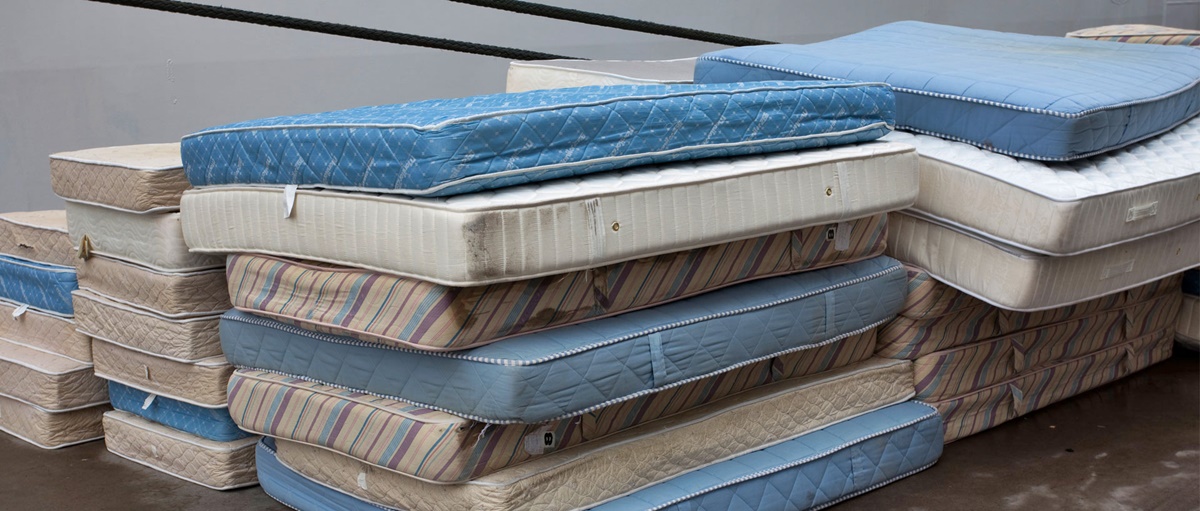
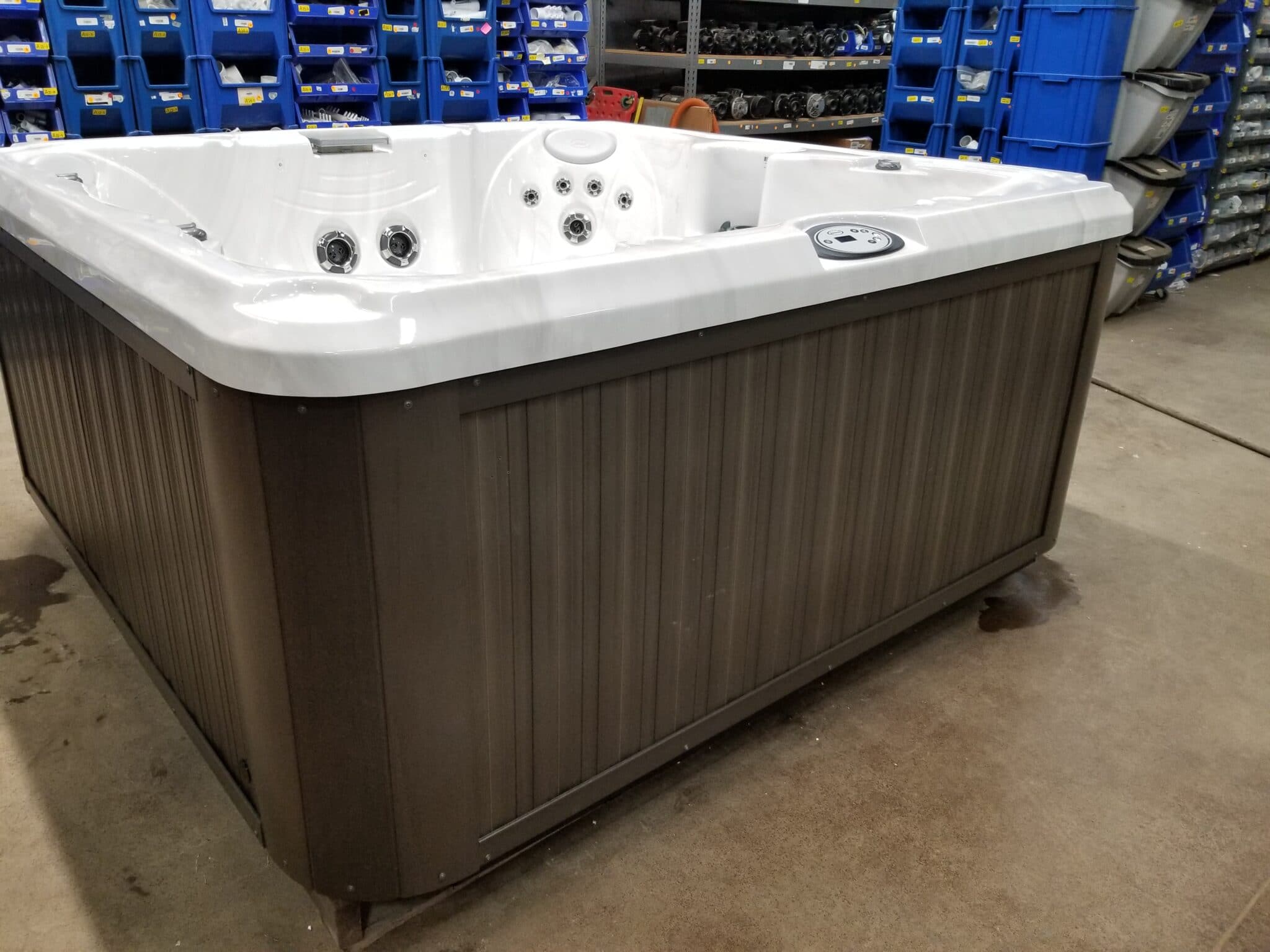
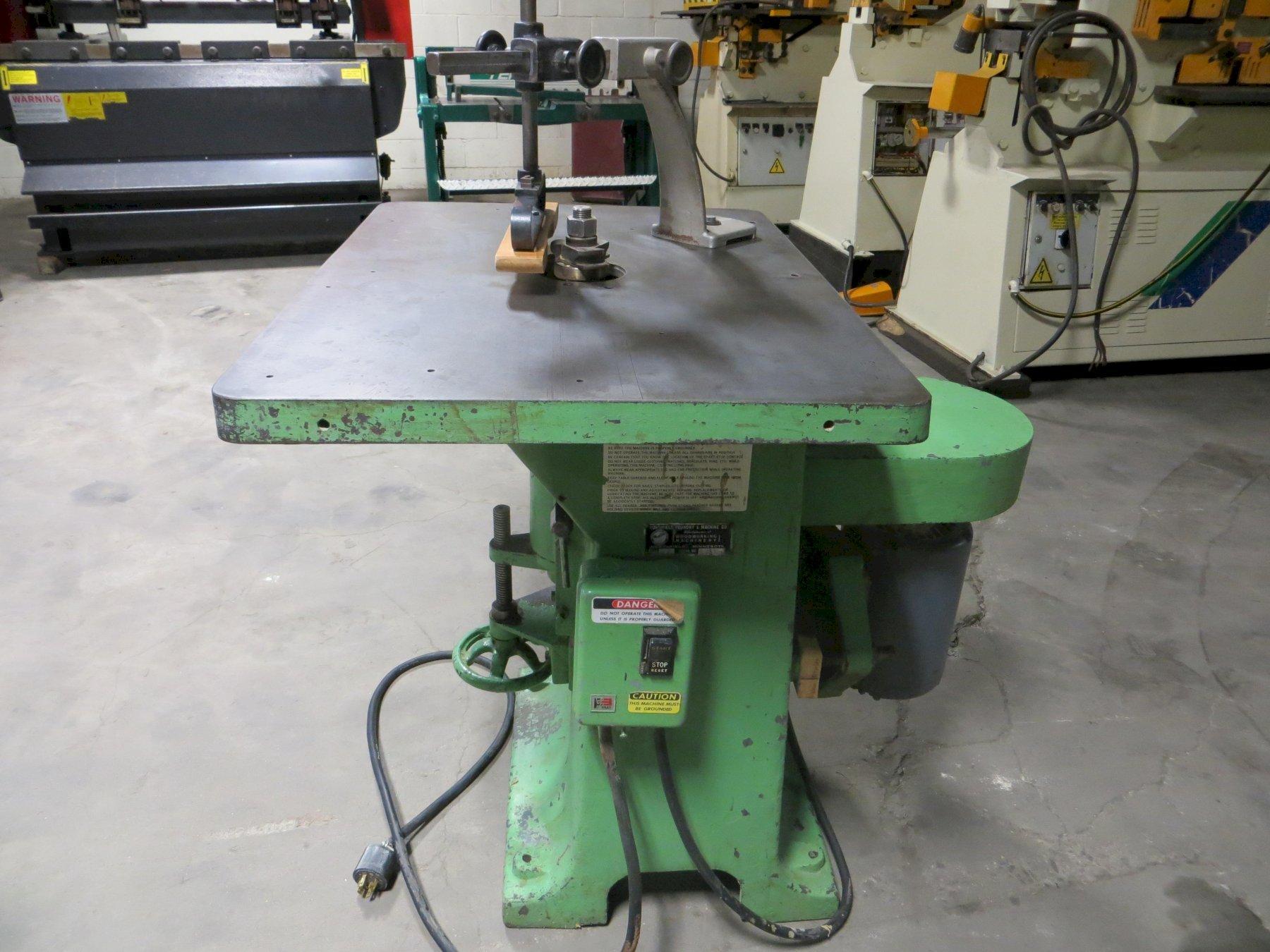
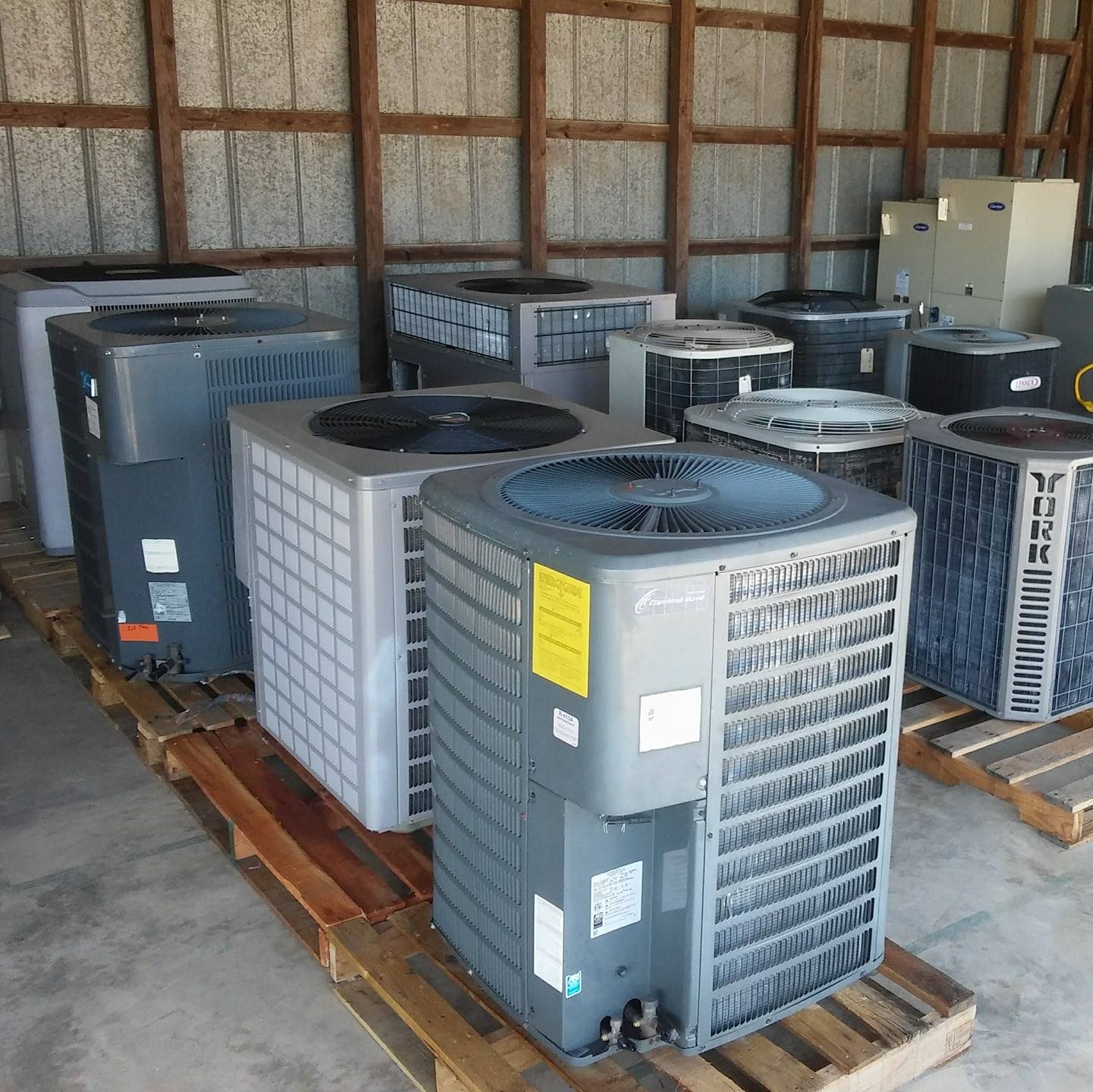
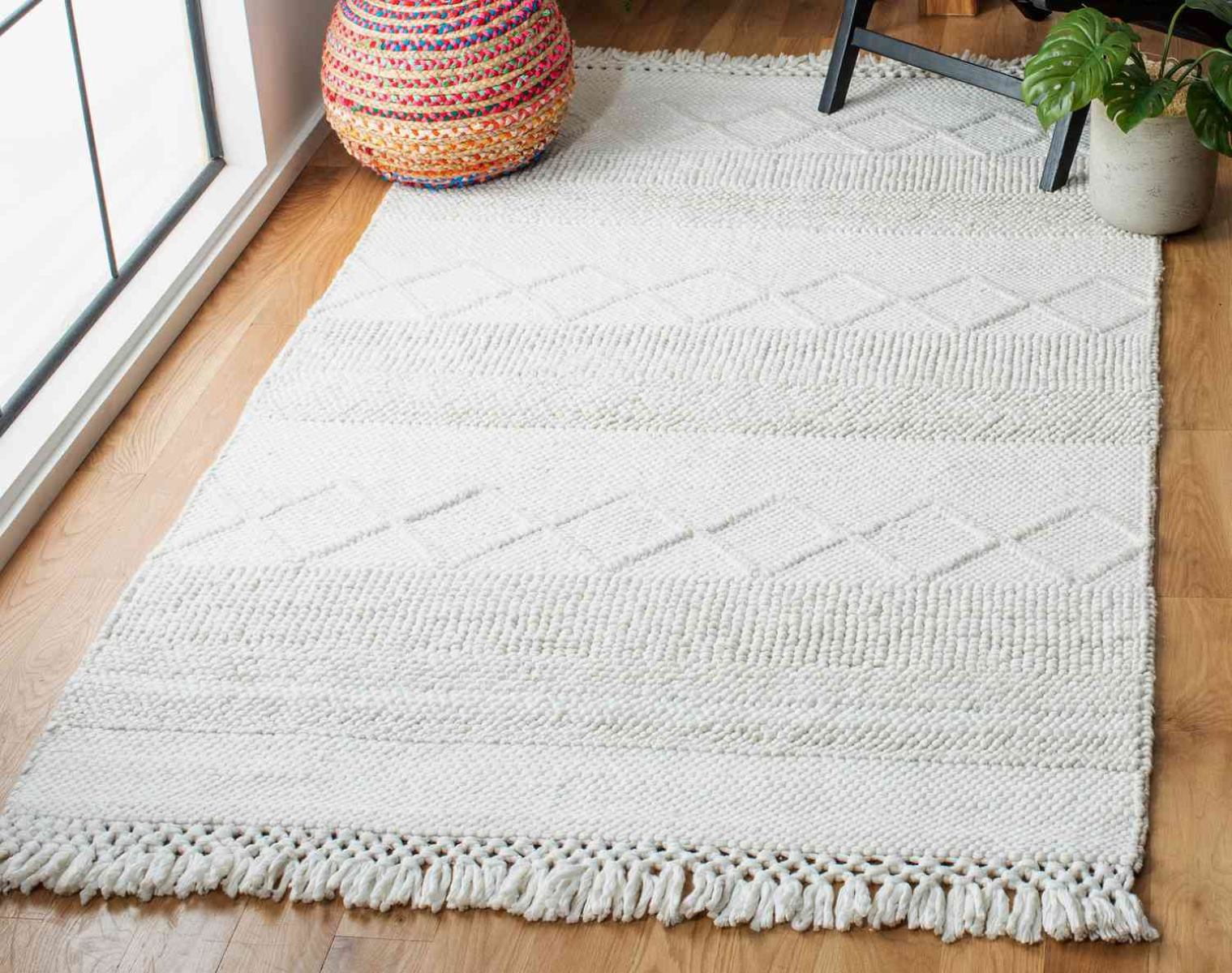
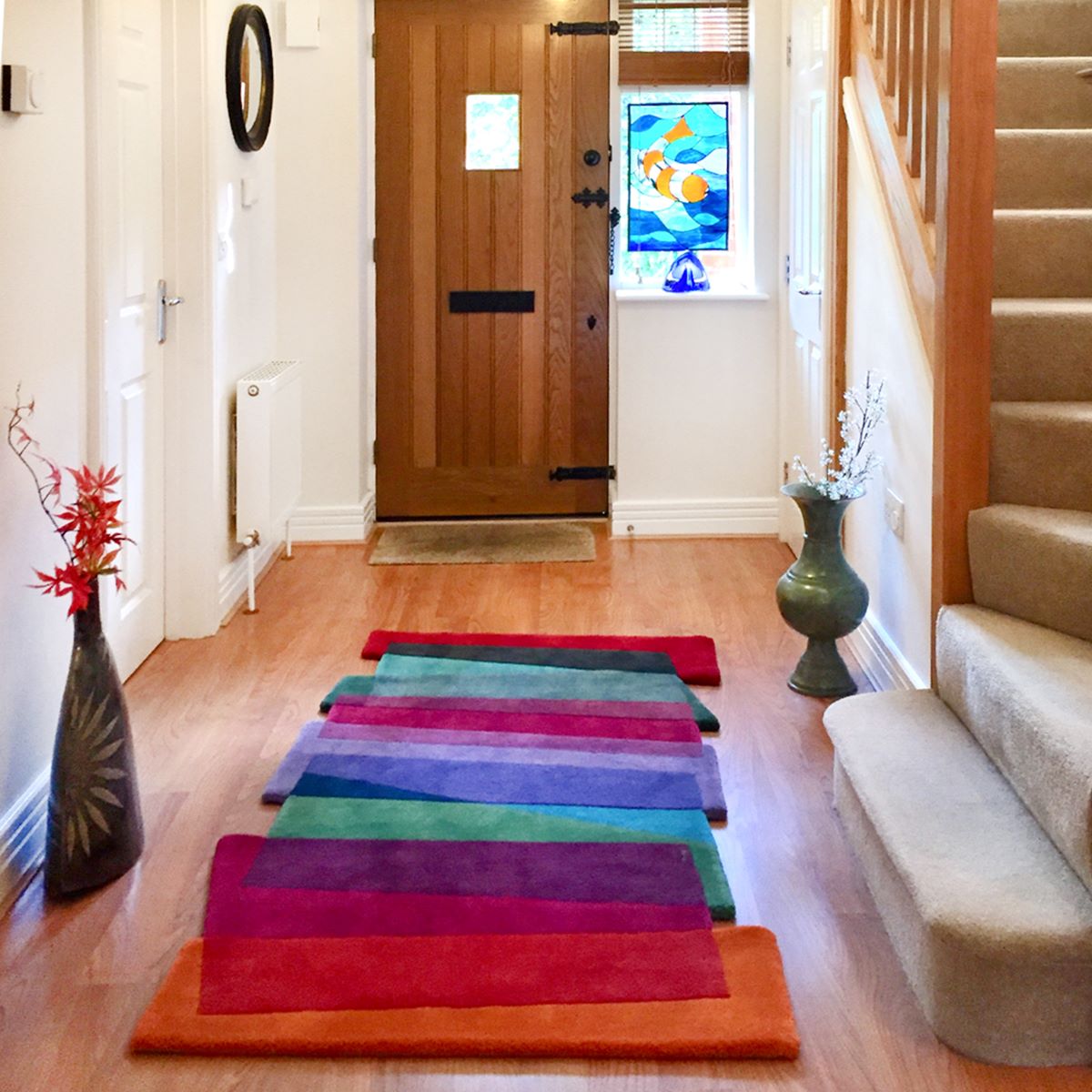
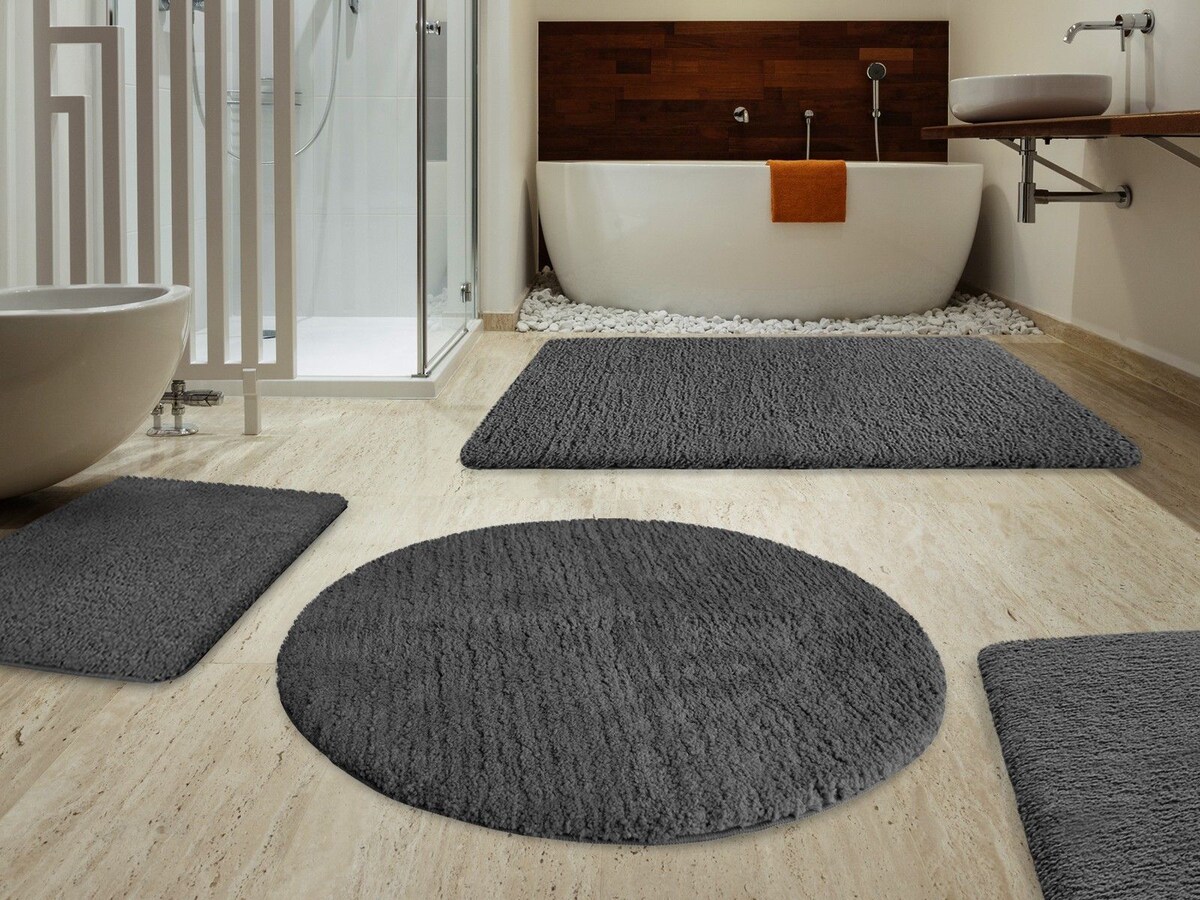
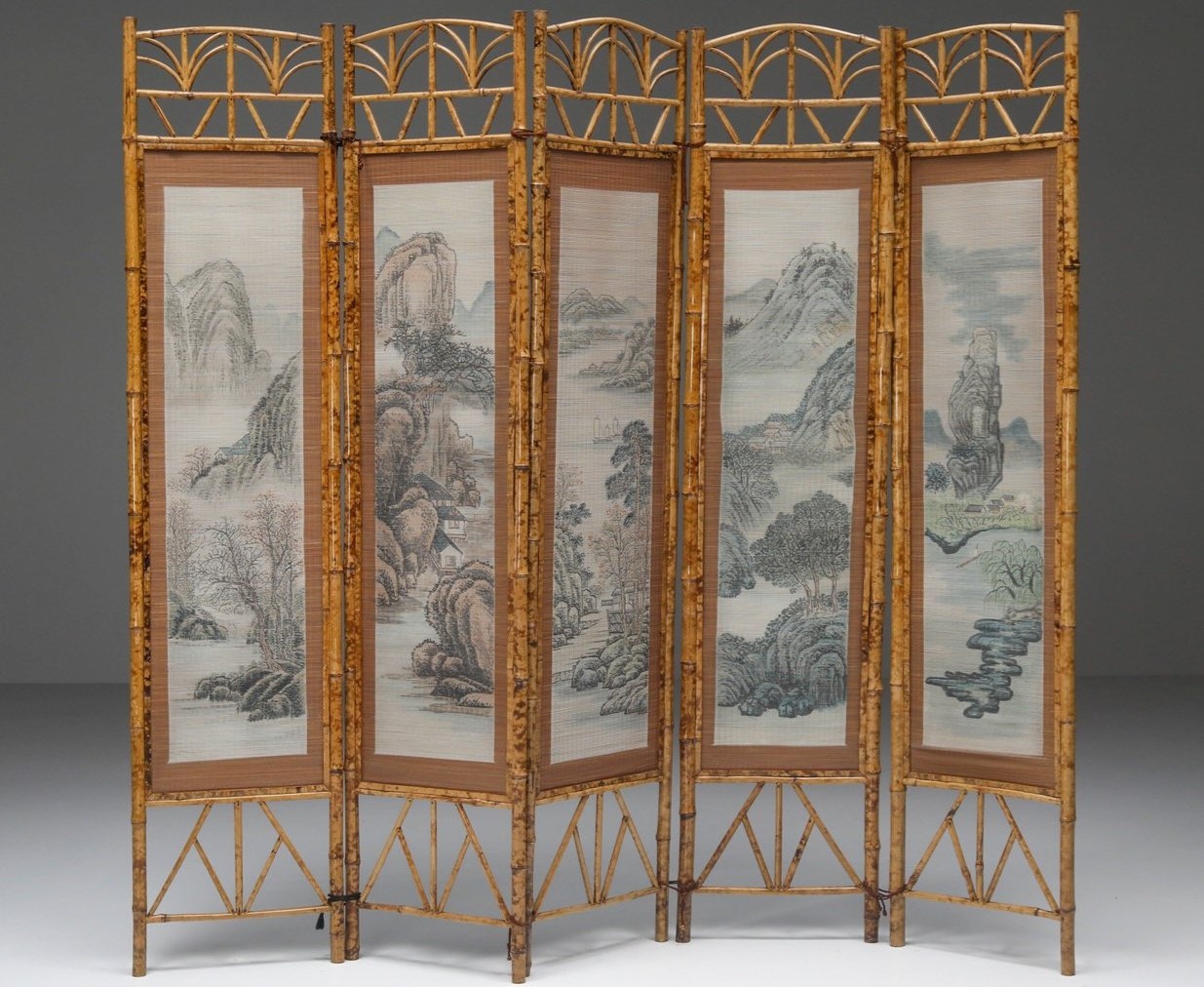
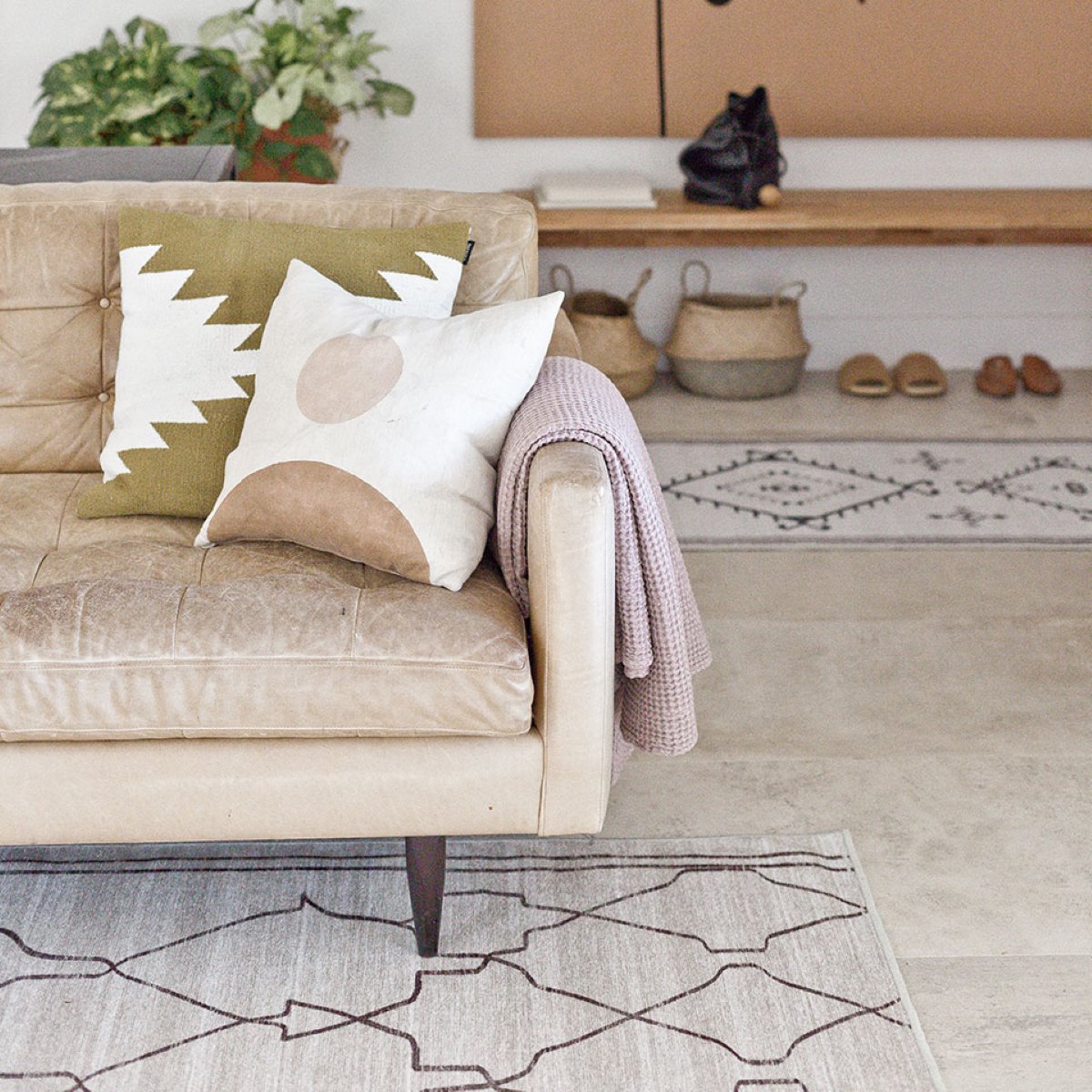
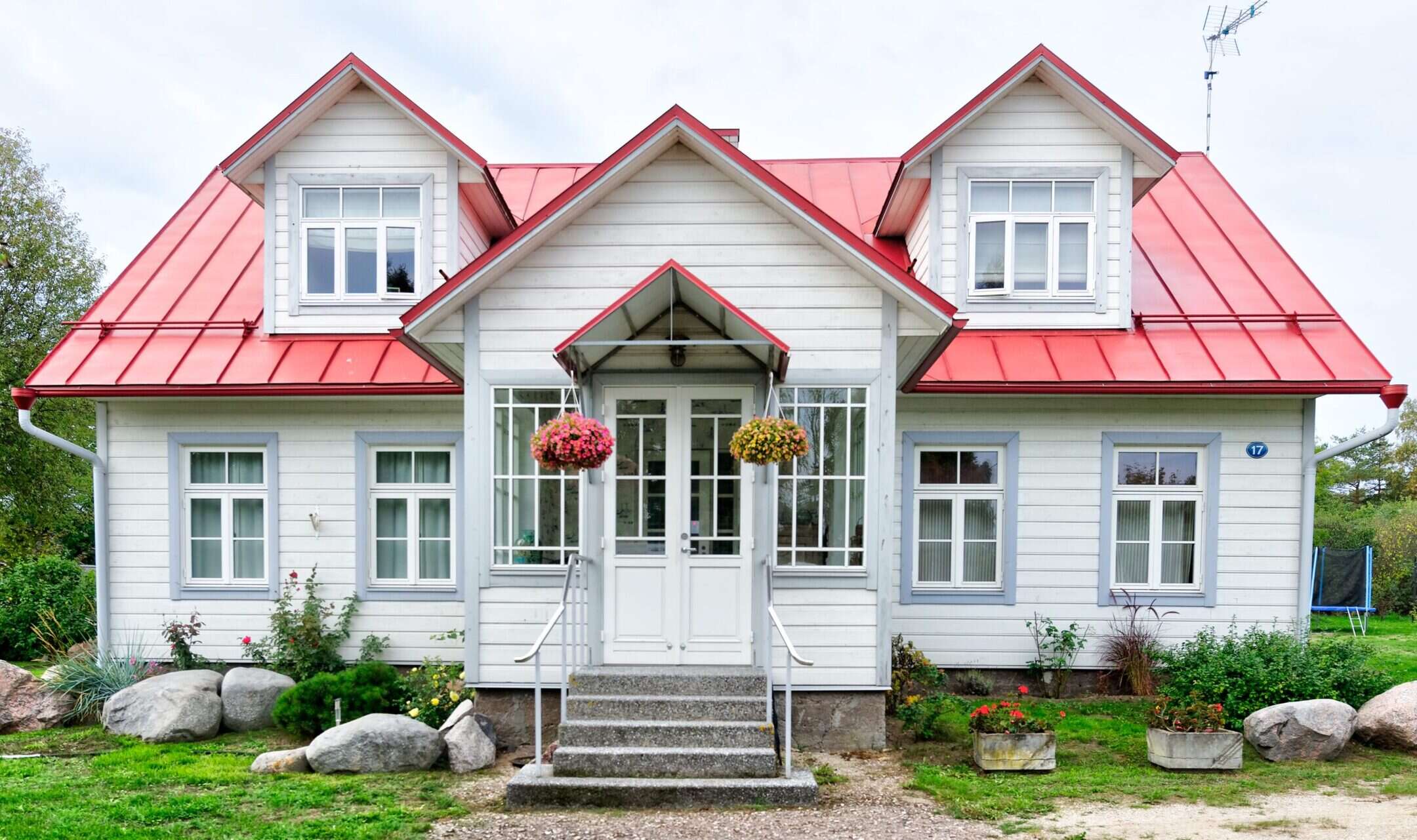
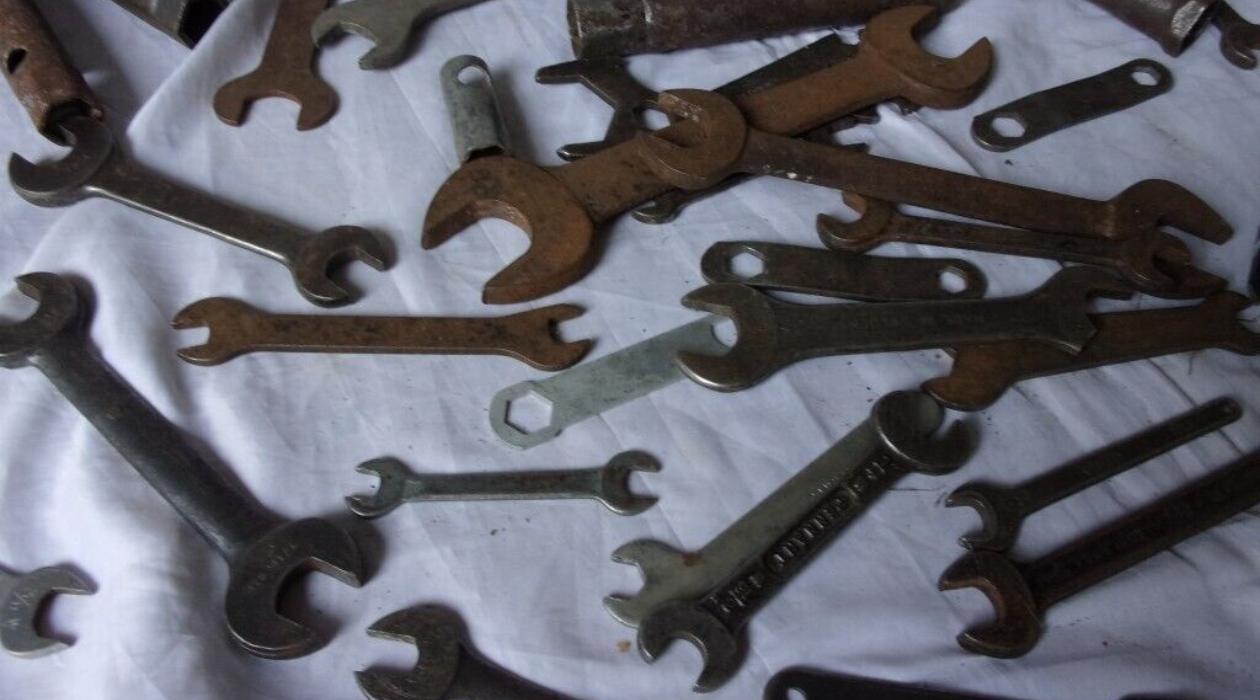
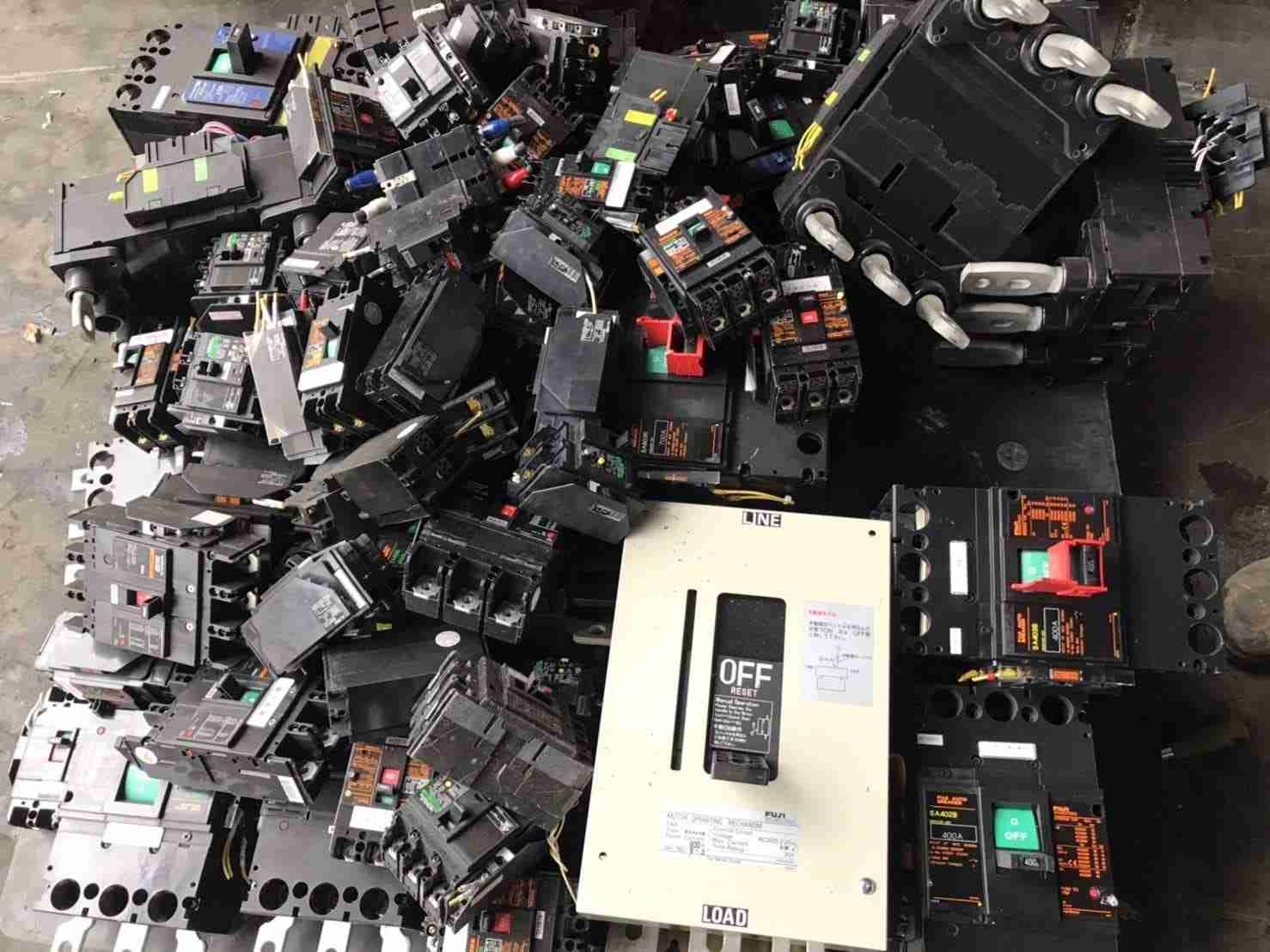
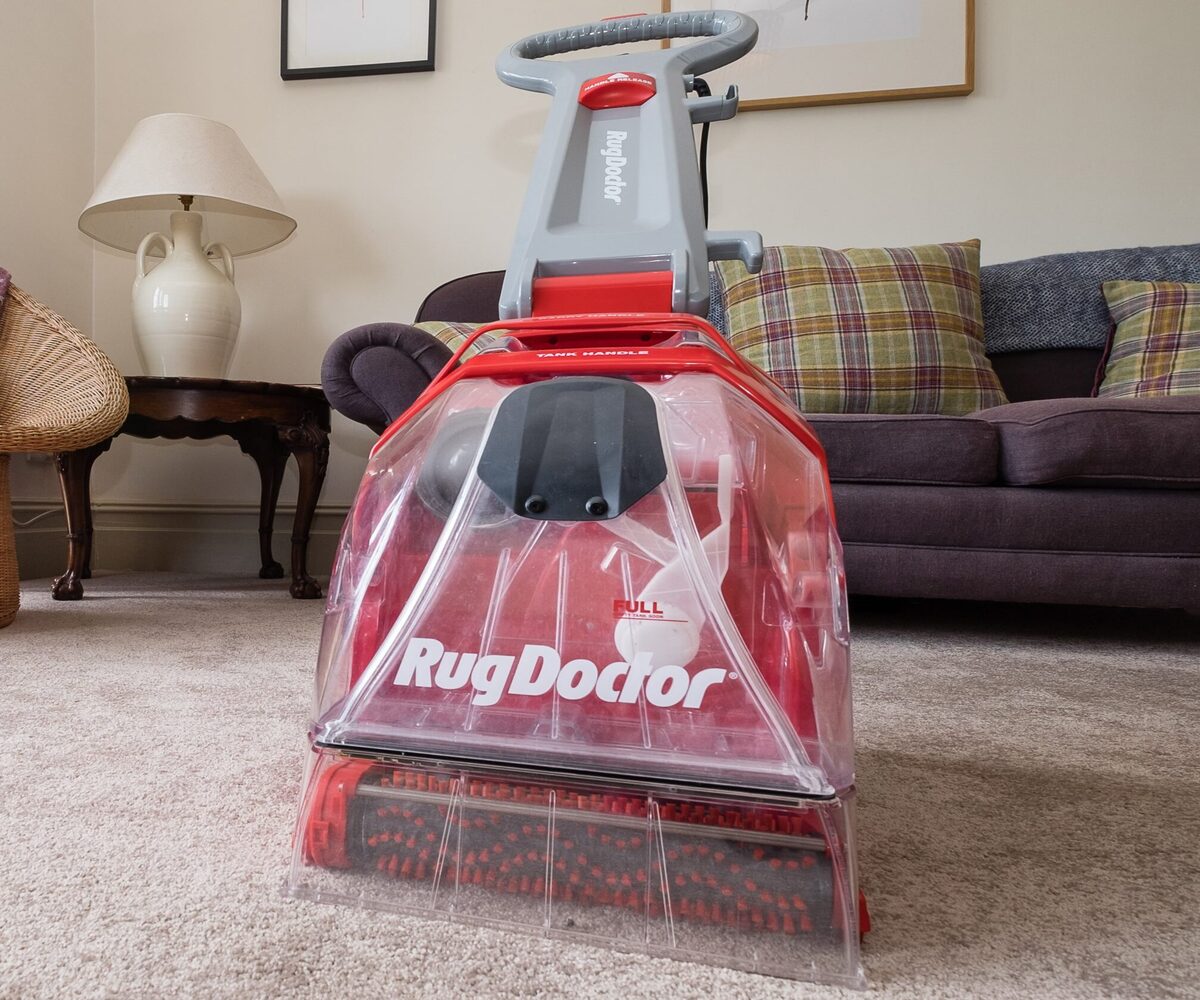

0 thoughts on “How To Sell Used Oriental Rugs”